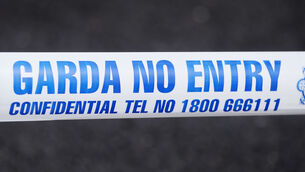Construction act focuses on fire safety
While Ireland has always had a strong regulatory framework in this area, it was self regulating whereas under planned changes, all buildings will have to be signed off on before they can allow the public entry.
The incoming president of the Irish Institute of Fire Engineers, Peter Bluett, has said that the move is to be warmly welcomed, but that they were interested to see how the plans would be enforced.
Up to the present time, all new buildings had to have a fire certificate but there was no onus to prove it and spot checks were rare, he said. Under the expected changes, any changes to existing buildings or new developments will have to be signed off on.
The institute met in Cork yesterday where a former Hong Kong chief fire officer warned that fire safety is paramount when designing high rise buildings as “we are stacking up our risks”.
President of the International Institution of Fire Engineers, Charles Chu, spoke of how skyscrapers “were a necessity rather than a luxury” in Hong Kong and that they brought serious responsibilities to their users and inhabitants. High rise buildings are on the increase in Cork and Dublin, mainly as part of dockland developments.
In Hong Kong, there are 42,000 skyscrapers with the highest, the International Financial Centre II standing at 220m and 80 storeys high.
“A robust regulatory regime must be put in place with such high density planning. They require special obligations and precautions. The idea is for developers, architects and builders to sit down in advance in partnership and work out an agreement on adequate pumps, high water pressure in the higher floors and adequate numbers of pumps throughout the buildings.
“High rise is a convenient way to work and live, but we are stacking up our risks,” Mr Chu said.













